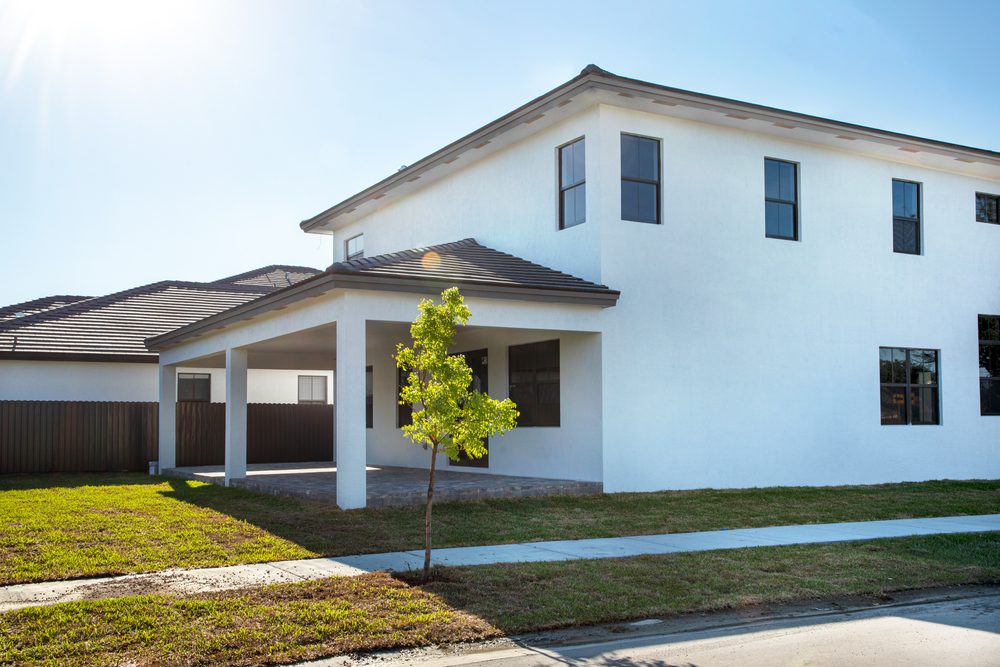Florida is known for its stunning beaches, warm climate, and thriving communities. However, living in the Sunshine State comes with unique challenges, especially when it comes to protecting your home from hurricanes, tropical storms, and the resulting storm damage. One of the most talked-about topics among Florida homeowners in recent years is the 15-year roof rule — a regulation that has significant implications for property owners, insurance coverage, and long-term home maintenance.
In this blog, we’ll dive deep into Florida’s 15-year roof rule, its impact on homeowners, and how to prepare for compliance. We’ll also explore how choosing the right roofing materials, like a durable metal roof, can save you from costly roof repair bills and protect your home from Florida storms.
Understanding Florida’s 15-Year Roof Rule
Florida’s 15-year roof rule was introduced as part of a broader effort to stabilize the homeowners’ insurance market and reduce claims resulting from hurricane-related roof damage. Under this rule, insurance companies are restricted from automatically canceling or denying coverage for roofs that are less than 15 years old. This is a significant change from previous practices where many insurers would drop coverage for homes with older roofs, regardless of their condition.
For roofs that are 15 years or older, the law requires insurance companies to allow homeowners to obtain an inspection before making a coverage decision. If the roof passes inspection and is deemed to have at least five years of remaining life, insurers cannot deny coverage based solely on age. This provision offers much-needed relief to Florida homeowners who previously faced high out-of-pocket expenses for premature roof replacements.
The rule is especially important in a state where hurricanes and severe storms are frequent. High winds, flying debris, and torrential rains often lead to significant storm damage, making roofs the first line of defense against costly property loss. With the new regulation, homeowners now have more flexibility in deciding when a roof replacement is truly necessary rather than being forced into costly repairs prematurely.
The Impact of Hurricanes and Storm Damage on Florida Roofs
Florida’s location makes it one of the most hurricane-prone states in the U.S., and its roofs take the brunt of this harsh reality. Every year, tropical storms and hurricanes bring heavy rains, intense winds, and severe storm damage, leaving thousands of homeowners scrambling for roof repair services. These events not only test the durability of roofing materials but also highlight the importance of investing in roofs that can withstand extreme weather conditions.
For many homeowners, standard asphalt shingle roofs are not always the best long-term solution in Florida’s climate. While they may be cost-effective initially, they are often more susceptible to storm damage during hurricanes and require more frequent repairs or replacements. On the other hand, investing in a metal roof offers superior durability and resistance to harsh weather conditions.
Metal roofs have gained popularity across Florida for their ability to withstand wind speeds of up to 140 mph or more, making them a strong defense against hurricanes and tropical storms. In addition to their durability, metal roofs are energy-efficient, reflecting sunlight and reducing cooling costs in Florida’s hot and humid environment. When combined with regular inspections and proper maintenance, they provide excellent long-term value for homeowners facing the constant threat of Florida storms.
Roof Repair, Replacement, and Insurance Challenges
One of the biggest frustrations Florida homeowners face is navigating the balance between roof repair, replacement, and insurance requirements. With the frequency of hurricanes and storm damage, many property owners find themselves in ongoing battles with insurance companies over claims and coverage.
Before the 15-year roof rule, insurance carriers would often require homeowners to replace roofs as early as 10 years into their lifespan, even if the roof remained in good condition. This left homeowners with significant expenses, especially if their roof had already been upgraded with materials like metal roofing designed to last several decades. The new rule changes the landscape, giving homeowners more control over when to replace their roofs based on condition rather than arbitrary age limits.
However, homeowners still need to be proactive. After a major Florida storm, scheduling a professional inspection is critical. Identifying even minor storm damage early can save thousands in future repairs and strengthen your insurance claim. Additionally, documenting the condition of your roof before hurricane season can help support claims if damage occurs.
If your roof does require replacement, it’s worth considering whether upgrading to a metal roof or another high-durability material makes sense. While the upfront costs are higher, the long-term savings in reduced storm damage and fewer repair bills often outweigh the initial investment. Insurance companies may also view metal roofs more favorably, as they tend to sustain less damage during hurricanes.
Preparing Your Home for Florida Storms
With hurricane season posing an annual threat, Florida homeowners need to take proactive measures to protect their properties. The first step is ensuring your roof — the home’s primary defense against storm damage — is ready to withstand high winds and heavy rain.
Regular roof inspections are essential, especially as hurricane season approaches. Inspections can identify cracked shingles, loose flashing, or other vulnerabilities before they become costly repairs. Homeowners should also clear debris from gutters, check attic ventilation, and reinforce roofing structures when necessary.
Choosing the right roofing material plays a major role in storm preparedness. Metal roofs are a standout choice due to their exceptional strength, longevity, and resistance to uplift in high-wind conditions. Unlike traditional shingle roofs, which may require frequent repairs after hurricanes, a well-installed metal roof can last 40 to 70 years, providing long-term peace of mind.
Additionally, homeowners should keep updated with local building codes, as Florida frequently revises roofing standards following severe hurricanes. These codes often require specific installation methods and materials to improve resistance against storm damage. Staying informed ensures your home meets or exceeds these requirements, which can also impact your insurance premiums.
How the 15-Year Roof Rule Benefits Florida Homeowners
The 15-year roof rule has changed the landscape of homeownership in Florida by giving property owners more flexibility, reducing unnecessary expenses, and ensuring that roofs are replaced based on condition rather than age alone. This is particularly beneficial in a state frequently battered by hurricanes and Florida storms, where replacing a roof prematurely can be financially burdensome.
Homeowners now have the right to obtain roof inspections before their insurance coverage is denied, which empowers them to make informed decisions. By investing in durable roofing materials like metal roofs and maintaining them properly, homeowners can minimize long-term repair costs and strengthen their homes against future storms.
The rule also indirectly encourages better storm preparedness. Since roofs remain insurable for longer, homeowners are more likely to invest in higher-quality materials and maintenance practices. Over time, this shift could lead to fewer claims for storm damage, benefiting both homeowners and insurers while creating a more stable housing market.
Conclusion
Florida’s 15-year roof rule is a game-changer for homeowners, offering protection from arbitrary insurance cancellations and reducing financial pressure to replace roofs prematurely. With hurricanes and severe Florida storms posing an ongoing threat, understanding this regulation and making informed decisions about roofing materials and maintenance is critical.
Investing in a durable, storm-resistant roofing system like a metal roof can save homeowners thousands in the long run, providing better protection against storm damage and extending the lifespan of their property. Regular inspections, proactive maintenance, and staying updated on local building codes will ensure that your roof remains strong and insurable for years to come.
For Florida homeowners, the key takeaway is simple: protect your home, prepare for the unexpected, and make roofing decisions that prioritize long-term safety and cost-effectiveness. By doing so, you’ll not only comply with the 15-year roof rule but also safeguard your investment against the unpredictable power of Florida’s weather.
Need a Roofing Contractor Near You?
At Peninsula Roofing Group, we’re passionate about protecting your home or business with expert roofing solutions you can trust. Whether you need a quick repair, a complete roof replacement, or help choosing the perfect material for your property, our experienced residential and commercial roofing teams are here to deliver quality workmanship built to last. We take pride in serving Jacksonville and the surrounding Florida areas with personalized service, free roofing estimates, and special discounts for seniors, active duty military, and veterans. Let us put our expertise to work for you—contact us today and let’s get started on your next roofing project!

